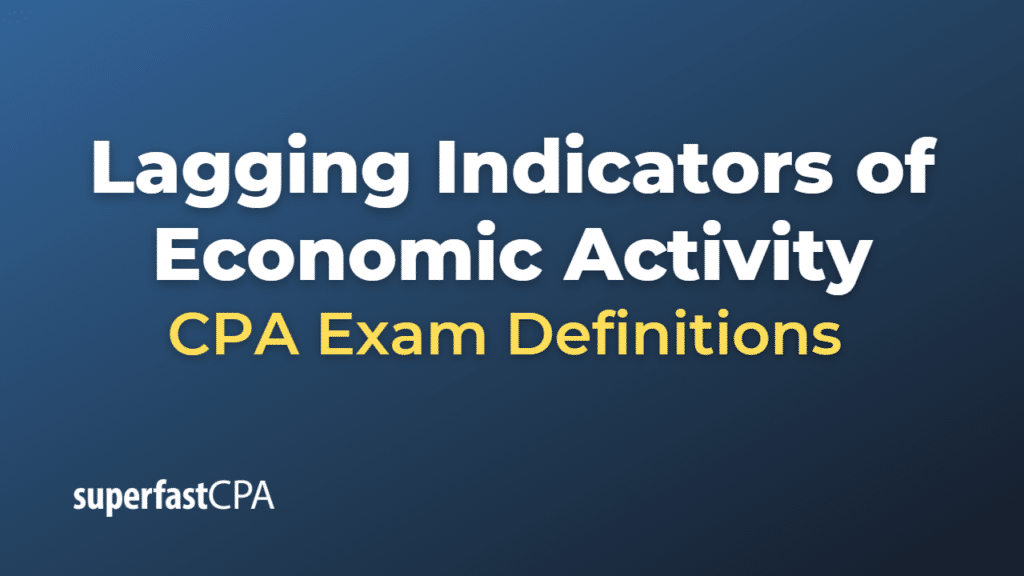Lagging Indicators of Economic Activity
Lagging indicators are economic variables that change after the overall economy has started following a particular pattern or trend. They are used by economists, policymakers, and market analysts to confirm the direction of the economy and to assess the effectiveness of policy measures or business decisions. Lagging indicators can also help identify the turning points in economic cycles, albeit with some delay. Some common lagging indicators include:
- unemployment rate: The unemployment rate measures the percentage of the labor force that is unemployed and actively seeking work. It is a lagging indicator because it typically takes time for businesses to adjust their hiring and firing decisions in response to changes in economic conditions.
- Consumer Price Index (CPI): The CPI measures changes in the prices of a basket of consumer goods and services over time. It is a lagging indicator because changes in prices usually occur after shifts in supply and demand conditions in the economy.
- Producer Price Index (PPI): The PPI measures changes in the prices of goods and services sold by producers. Like the CPI, it is a lagging indicator because changes in producer prices usually follow changes in overall economic conditions.
- Average duration of unemployment: The average duration of unemployment measures the average length of time unemployed individuals have been looking for work. It is a lagging indicator because it generally takes time for people to find new jobs after being laid off, especially during economic downturns.
- Outstanding consumer credit: Outstanding consumer credit measures the total amount of debt held by consumers. It is a lagging indicator because changes in consumer borrowing habits typically follow changes in economic conditions, such as changes in employment levels and consumer confidence.
- Prime rate: The prime rate is the interest rate charged by banks to their most creditworthy customers, and it usually follows changes in the federal funds rate. Since the federal funds rate is influenced by monetary policy and economic conditions, the prime rate is considered a lagging indicator.
- Inventory-to-sales ratio: The inventory-to-sales ratio measures the relationship between inventories held by businesses and their sales. It is a lagging indicator because changes in the ratio usually occur after changes in economic conditions have affected both production and sales levels.
Lagging indicators can provide valuable information about the economy’s performance and help confirm the existence of an ongoing trend or cycle. However, they are not useful for predicting future economic activity, as they tend to change after the economy has already started following a particular trend.













